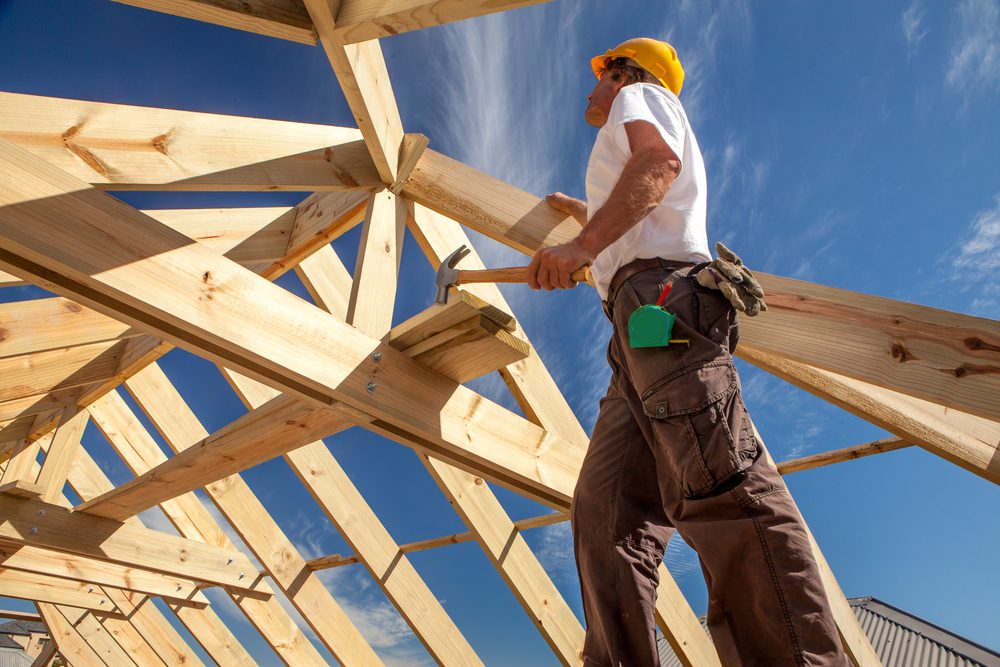
People line up to get tested for COVID-19 at a drive through testing site hosted by the Puente Movement migrant justice organization Saturday, June 20, 2020, in Phoenix. Latinos are especially vulnerable to infection because they tend to live in tight quarters with multiple family members and have jobs that expose them to others. They also have a greater incidence of health conditions like diabetes that put them at higher risk for contracting COVID-19. (AP Photo/Matt York)
Trump has called for decreased testing, but health experts say that’s the wrong move.
While COVID-19 testing in Arizona has increased over the past month, health experts and residents say it’s still not robust enough to help contain the virus’ resurgence in the state.
“It’s still not where it needs to be,” former state health department director Will Humble told The Copper Courier. “Testing has become more numerous, but the spread has gotten way more numerous than that.”
More than 440,000 diagnostic COVID-19 tests have been administered in Arizona as of June 23. In May, less than 10,000 tests were administered each day. The state ramped that up to about 11,000 to 13,000 per day in June, with more than 15,000 being reported yesterday.
But Humble said one indicator there are still too few tests is how high the state’s percentage of positive tests has climbed. That percentage, which hovered at 5-6% in May, was up to nearly 20% last week.
“One way to show that you have adequate testing capacity is to get it down to like 3, 4, 5% positives,” Humble said, “because that shows that you have enough test kits to test low-prevalence positives.”
Waiting Hours — And Still No Test
Arizonans who have sought out tests have had trouble actually obtaining them.
Some have reported waiting hours to receive a test–even up to 13 hours at a recent Phoenix testing event. Some people in the line of over 1,000 were asked to go home due to lack of supplies.
And at drive-thru events, people are forced to wait in their cars in over 100-degree heat, leading some test-seekers to turn around before making it to the front.
And when people do finally get tested, the turnaround is often not as quick as promised. People have been told their results would come back in two to four days, but some don’t come back for over a week.
The shortage never ended
Humble said this in part is still due to a shortage of test kits and other supplies, which the state has battled since the beginning of the pandemic.
“Even when the testing blitzes were going on [in May], it was really challenging for community health centers and clinicians … to be able to get test kits,” he said. “So that really, at the clinician level, it’s always been a problem for a long, long time–since the beginning.”
Healthcare providers told The Arizona Republic they have been having trouble keeping up with the demand.
A spokesperson for Banner Health, which operates a testing site at the state fairgrounds six days per week, said it sees 1,000 appointments per day with all slots filled. The spokesperson said Banner can’t increase its capacity until the state helps Sonora Quest, which processes the tests, obtain more supplies.
But when asked why testing supplies has been so hard to come by, Humble said it’s a mystery.
“How come we were 51st for so long? I don’t know,” he said. “What did other states do better than us? I don’t know.”
In terms of coronavirus tests per capita, Arizona now ranks 41st, according to Johns Hopkins University.
Trump, a Foe of Testing
Multiple governors have raised concerns that President Donald Trump has not been helpful to states seeking to increase testing, blaming them for not having enough supplies in stockpiles.
While Trump has passed the blame onto governors for the country’s continued outbreak, the president has yet to distribute $14 billion that Congress approved to help ramp up the country’s testing. The funds are part of the Coronavirus Aid, Relief, and Economic Security (CARES) Act, passed in late March.
Trump also continues to deny the severity of the pandemic, even referring to in the past tense as if it were over despite states like Arizona still seeing record numbers. At his campaign rally in Tulsa, Oklahoma, last weekend, Trump admitted that he has asked officials to decrease testing to make the country’s numbers look better.
“Here’s the bad part: When you do testing to that extent you’re going to find more people, you’re going to find more cases,” the president said. “So I said to my people, slow the testing down, please.”
Although members of his administration have passed off the comments as a “joke,” Trump doubled down Monday and said he was serious.
“I don’t kid, let me just tell you, let me make it clear,” Trump said when asked again if he was kidding when he made the comments.
After Tulsa, the Trump campaign made its way to Arizona, where he held an indoor rally at Dream City Church in Phoenix with an estimated 3,000 supporters.
On the same day, Arizona health officials reported 3,591 new cases of the coronavirus. Overall, the state has seen a total of 58,179 cases of the coronavirus, resulting in 1,384 deaths.
Politics

State Official: 1864 abortion ban gives Arizona ‘black eye’
Arizona’s role at the forefront of the climate crisis, defending democratic elections, and protecting reproductive rights has caught the attention...

Biden makes 4 million more workers eligible for overtime pay
The Biden administration announced a new rule Tuesday to expand overtime pay for around 4 million lower-paid salaried employees nationwide. The...
Local News

Arizona’s reality TV stars: Where are they now?
From A-list actresses to a controversial bachelor, here's a roundup of reality TV stars from Arizona. Whether you love it or hate it, reality TV is...

New funding keeps the homeownership dream alive for Avondale families
In a unanimous decision, the Maricopa County Board of Supervisors approved an additional $796,326 on March 27 to boost homeownership opportunities...





